Suzie & Keith
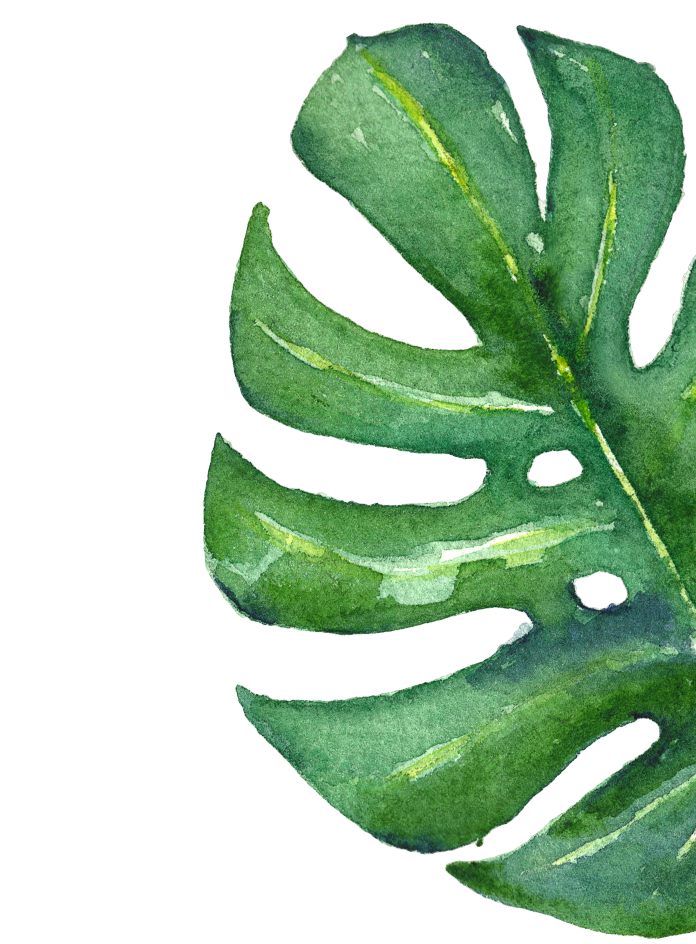
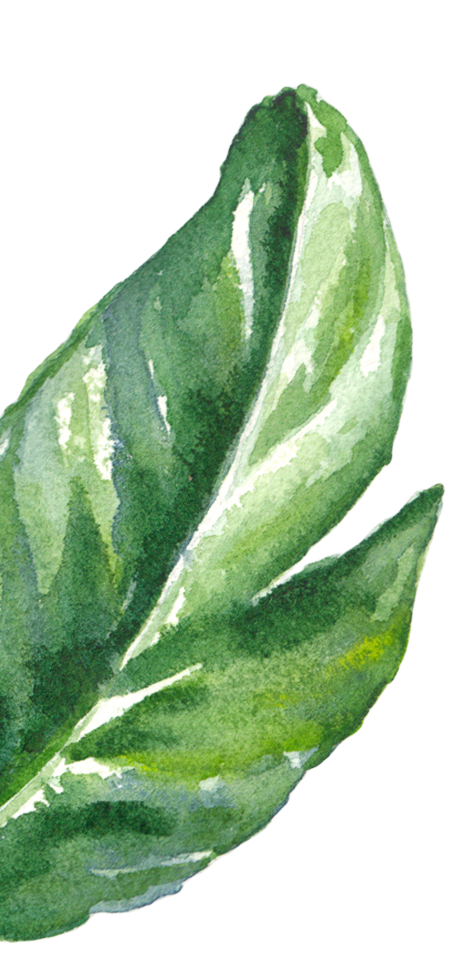
Things To Do in Guanacaste
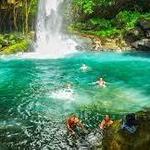
Visit Parque Nacional Rincón de la Vieja
Rincon de la Vieja National Park is famous for Rincon de la Vieja Volcano, it’s active crater, and the active landscape of geysers, mud pots, hot springs, and fumaroles surrounding them. Additionally, there are waterfalls, a lake, and wildlife to be found within the park. There are hiking trails within the park. One of the nicest trails within the park is the 1.75-mile Las Pailas loop. It begins at the park entrance and leads you along some of the bubbling landscape. It’s possible to hike up to the summit, but it takes 7 hours for a total of just over 10 miles. Another hike is the La Cangrejo Waterfall and Blue Lake hike which is about 6 miles.
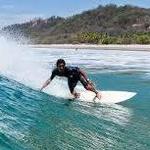
Go Surfing at Guiones Beach
Playa Tamarindo is probably the most famous of Costa Rica’s surfing beaches. You can also catch some amazing breaks in Jaco, Santa Teresa Beach, and Nosara (Playa Guiones). For beginners, Playa Tamarindo, Nosara (Playa Guiones), and Playa Samara are great choices. There are plenty of surf camps in each place, so you’ll be able to take your pick. For boogie boarding, we loved Langosta Beach, which is just south of Playa Tamarindo. It’s where we taught our then five year old to boogie board.
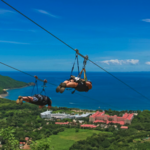
Zip line over the ocean at Diamante Eco Adventure Park
Combine the inclusions of a guided tour with the freedom of independent exploration with this 1-day pass to Diamante Eco Adventure Park. Going it your own means saving money on top activities such as ziplines and hanging bridges as well as the park’s attractions, including its botanical garden and animal sanctuary—one of the largest and most impressive in Guanacaste Province. https://www.tripadvisor.com/Attraction_Review-g7182722-d7312846-Reviews-Diamante_Eco_Adventure_Park-Playa_Matapalo_Province_of_Guanacaste.html
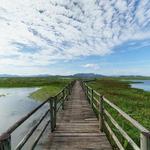
See all the wildlife at Parque Nacional Palo Verde
Palo Verde is one of Central America’s most densely populated areas for aquatic species and migratory birds. You may see giant crocodiles, iguanas, whip tail lizards, rattlesnakes and coral snakes. If you prefer your animals not overly lizard like, there’s also sloths, peccaries, deer, coyotes, howler monkeys, capuchin monkeys, pacas, and pumas.
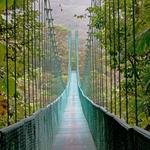
Explore the Monteverde Cloud Forest
The Monteverde Cloud Forest, located in the Cordillera de Tilarán mountain range, is one of Costa Rica’s biggest ecotourism draws. It’s a relatively easy place to see the rich, diverse plant and animal species which make up the cloud forest in Costa Rica. If you’re lucky, you’ll see toucans, trogons, bellbirds and hummingbirds here. While the northern tip of Monteverde is in Guanacaste, the majority of Monteverde is outside of the Guanacaste Province borders, in Puntaarenas province. There’s an entrance fee of about $20 per person (for foreigners) and $7 for Costa Rica nationals.
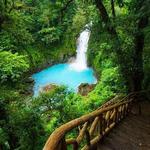
Check out Volcán Tenorio
Volcan Tenorio is not an active volcano. It’s based in Guanacaste Province, but borders on Alajuela Province. The volcano itself is in Guanacaste, but the Tenorio Volcano National Park with the lovely blue green Rio Celeste waterfall is in Alajuela. Tenorio is a large volcano with two craters. However, the park is best known for the stunning blue green waters of the Celeste Waterfall rather than visits to the Tenorio crater. There are hiking paths throughout the park, leading to rivers, rain forest, and the waterfall.